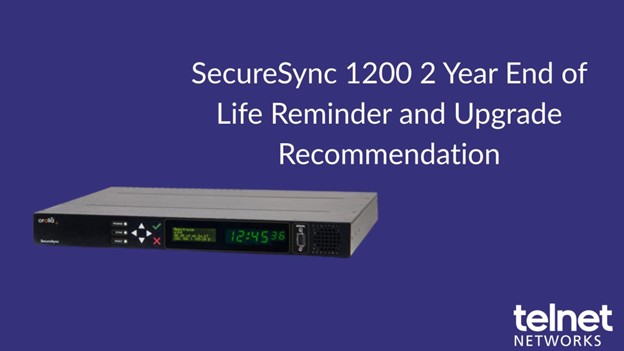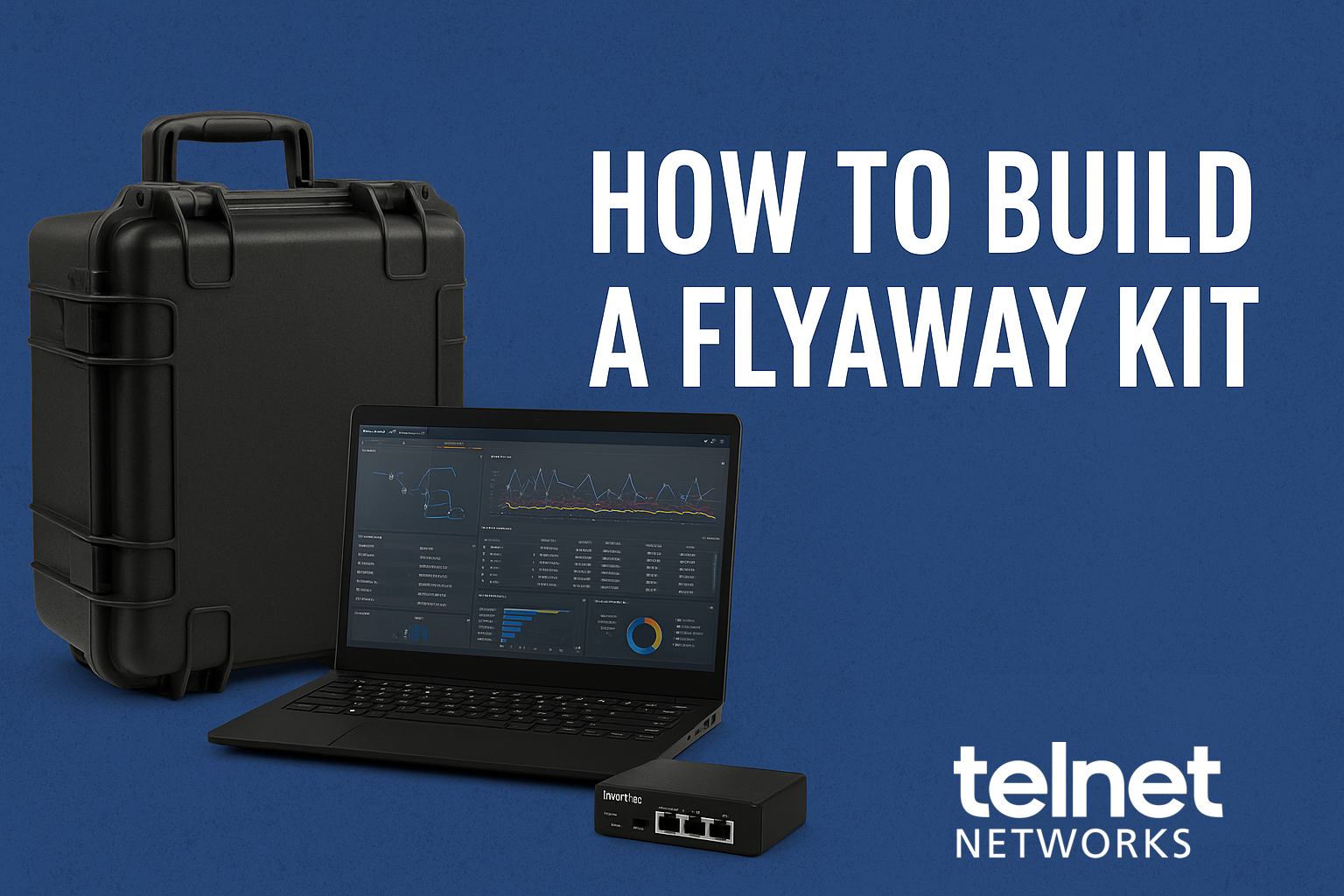With Wi-Fi 7 set to transform wireless networking, the way we test these networks must also evolve. Wi-Fi 7 introduces blazing speeds up to 46 Gbps, Multi-Link Operation (MLO) for simultaneous multi-band connections, 320 MHz channels, and 4096-QAM for higher data rates. These breakthroughs are aimed at enhancing throughput, reducing latency, and optimizing network efficiency, but they also bring unprecedented testing challenges.
Key Testing Challenges for Wi-Fi 7:
- High-Density Environments: Wi-Fi 7 is built to thrive in environments with numerous devices, but testing must ensure it delivers optimal performance under heavy load and interference.
- Ultra-Low Latency: Wi-Fi 7’s improvements in latency are crucial for applications like AR/VR and real-time communications. Testing must assess its ability to deliver low-latency performance consistently.
- Validation of 320 MHz Channel Bandwidth: The expansion to 320 MHz channels necessitates testing equipment capable of handling such wide bandwidths. Ensuring signal integrity and minimal interference across this spectrum is crucial for achieving the promised data rates.
- 4096-QAM Modulation Accuracy: The adoption of 4096-QAM increases data throughput but requires highly accurate signal generation and analysis due to its susceptibility to noise and distortion. Testing must ensure that devices can maintain high modulation accuracy under varying conditions.
- Multi-Link Operation (MLO) Performance: MLO allows devices to operate simultaneously across multiple frequency bands, enhancing throughput and reliability. Testing MLO involves evaluating coordination between links, managing potential interference, and ensuring seamless data flow.
- Enhanced MIMO Capabilities: Wi-Fi 7 supports up to 16 spatial streams, necessitating rigorous testing of MIMO (Multiple Input Multiple Output) configurations to verify that devices can effectively manage multiple data streams without performance degradation.
- Preamble Puncturing and Spectrum Utilization: The introduction of preamble puncturing allows devices to utilize spectrum more efficiently by avoiding interference. Testing must ensure that devices can dynamically adjust and puncture portions of the spectrum without impacting overall performance.
To address these novel challenges, leading test and measurement companies like Candela Technologies are pioneering the next generation of Wi-Fi 7 testing solutions such as:
- Advanced Signal Generation and Analysis: Utilizing high-performance vector signal generators and analyzers capable of handling 320 MHz bandwidth and 4096-QAM modulation ensures accurate testing of Wi-Fi 7 signals. Candela’s test systems can validate devices achieving on-air encoding rates near 5 Gbps for 2×2 configurations and throughput exceeding 8.3 Gbps in 4×4 test configurations.
- Comprehensive MLO Testing Frameworks: Developing specialized test setups that emulate multiple links across different bands allows for thorough evaluation of MLO performance, ensuring devices can manage multi-link operations effectively.
- Enhanced MIMO Testing Solutions: Implementing sophisticated MIMO testing platforms that can simulate up to 16 spatial streams enables validation of devices’ capabilities to handle complex MIMO configurations.
- Dynamic Spectrum Utilization Testing: Creating test scenarios that assess devices’ ability to perform preamble puncturing and adapt to changing spectrum conditions ensures efficient spectrum utilization without performance loss.
With tools designed for advanced multi-band and high-throughput environments, Candela ensures seamless performance under real-world conditions. Candela’s platform enables precise testing of latency-sensitive applications, congestion management, and multi-device performance, ensuring your network is ready for Wi-Fi 7’s full potential.
For customers with unique testing needs, Candela offers Test as a Service (TaaS), where their engineers conduct testing in a fully equipped lab and provide detailed reports with recommendations.







